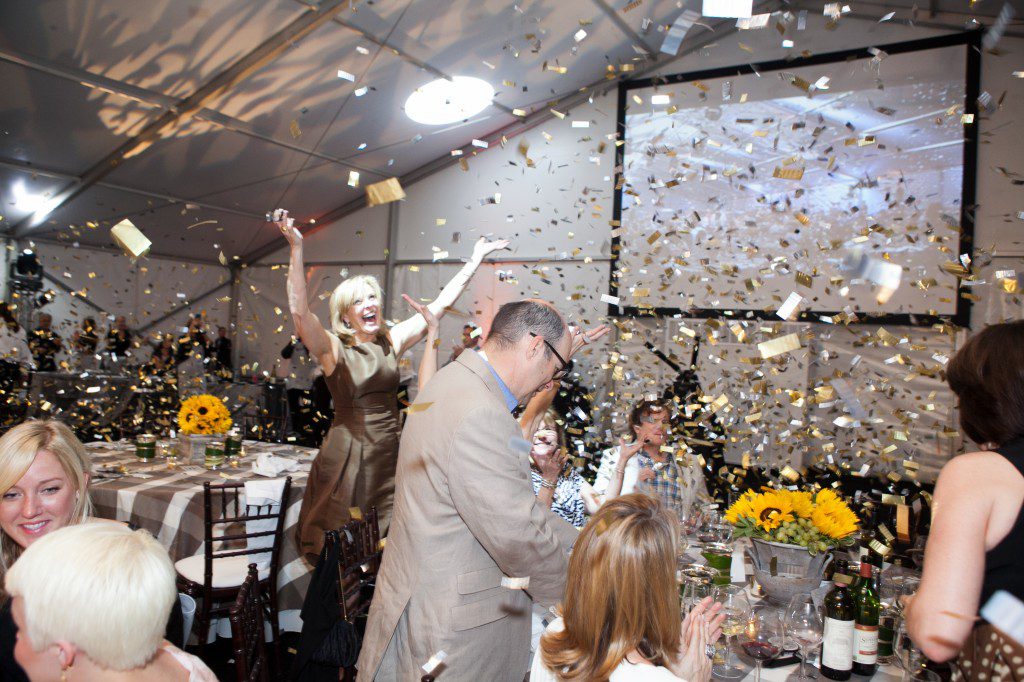
There’s a science to the art of winemaking. The scientific, technical side has been practiced for thousands of years – smash grapes and add yeast that consumes the sugar and converts it to alcohol. But the other part of winemaking – the artistic side – is where the real magic happens.
Anyone can learn the chemistry, but artistry separates connoisseur-quality wine from the mediocre. The grapevine is a vintner’s palette, and its fruits are the colors used to build a beautiful work of art. In this way, vintners and traditional artists are the same: They are masters of creative expression.
An exceptional museum is no different. By bringing objects of beauty, skill and vision to its halls and inviting the community to experience them, museums are society’s medium to creativity and innovation. Philbrook Wine Experience celebrates this excellence.

Art As Educator
More than a general art museum, Philbrook is considered “Tulsa’s crown jewel,” an institutional masterpiece exemplifying the great strides of local involvement and investment.
Committed to growing its permanent collection and community spaces, the museum is host to intriguing exhibitions presenting the finest examples of artistic achievement from near and far.
“As an organization, we want the broadest possible public engagement. We want to be everyone’s museum,” explains Rand Suffolk, director of Philbrook Museum of Art.
Philbrook enjoys an annual audience of nearly 150,000 visitors, and the museum’s steady growth in attendance has proven that with the right leadership, selfless generosity and proactive ingenuity, barriers to fine art museums – both real and perceived – can be broken.
Special events, such as the biennial Philbrook Wine Experience, open doors to art for many while raising funds essential to the museum’s future growth. The 2012 event raised an impressive $2.4 million, making Philbrook Wine Experience the largest fundraising event in Oklahoma and among the nation’s top 10 wine events.






















